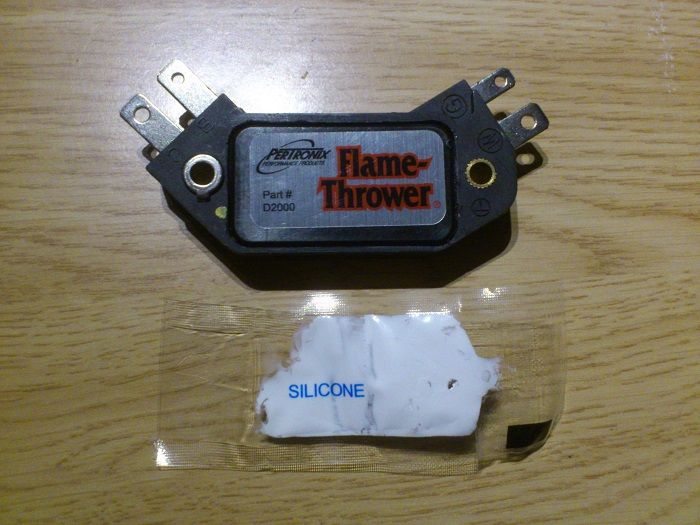Does anyone here know what the Voltage output requirements are to trigger any of the more than 30 different "GM" 4 pin modules? Does anyone know what the output of the at least 20 different Mopar Magnetic Pick-Up's are? Why would anyone go through all this and not even know what the output of the module is, the trigger signal requirements or the RPM limits?
Just because it's called a "HEI" doesn't make it work any better when combined with all the wrong components.
We've tested probably 10,000 GM HEI modules from manufacturers in probably 20 countries over 40 years, some work OK and most work no better than a Mopar stock ECU. Some of the Performance Modules are better but sure not the end all.
The correct coil for the module is extremely important, the voltage signal and ambient tempuratures are critical.
Will they work and run the motor.... in most cases yes, but I can wire up a Golf Cart to run on a Mopar or GM module. Give me a Voltage Signal from a pick-up of somekind and a coil and I'll make it run. Mopar, Duraspark, GM HEI stock modules are all 1970's technology, it's 2013, we have color TV's and phones without wires.



















